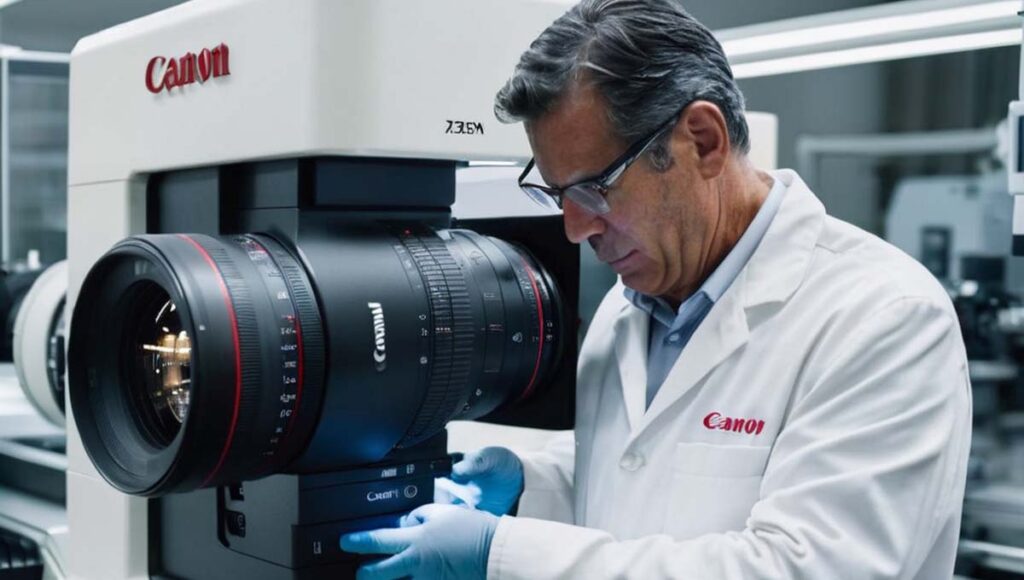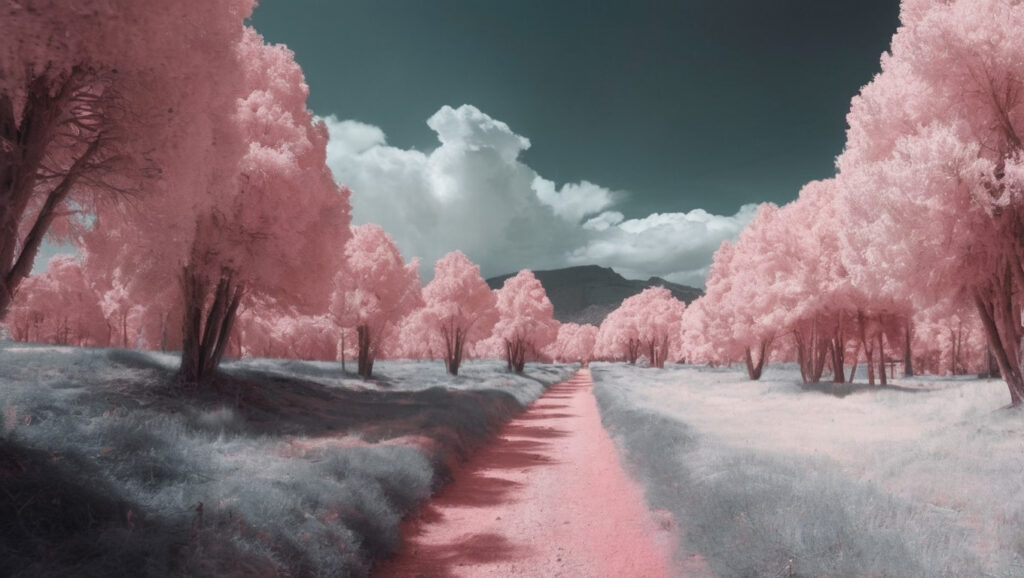From haunting wartime narratives to unsettling societal truths, photographs possess the power to capture moments that ignite flames of debate and reshape our understanding of the world. These 10 Powerful Photographs That Shifted the Course of History & transcended their frames, sparking intense controversy and pushing us to confront uncomfortable realities and ethical dilemmas.
1. The Falling Soldier (Robert Capa, 1936):
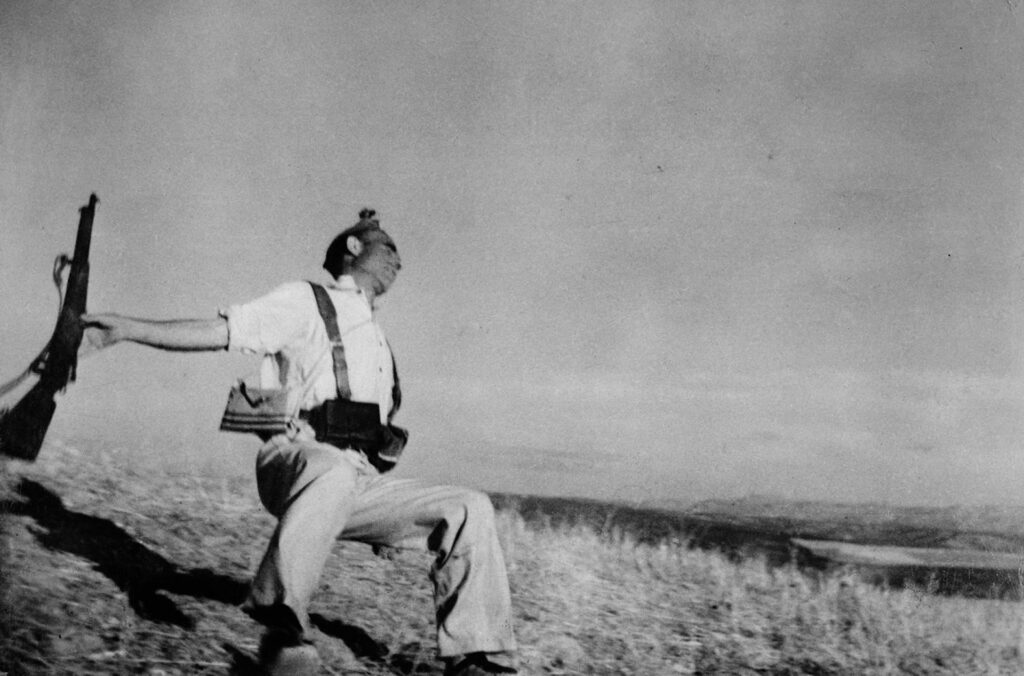
This iconic image captured during the Spanish Civil War depicts a Republican soldier collapsing in a mid-firefight. While hailed as a masterpiece of war photography, questions about its staging continue to ignite debate.
2. Napalm Girl (Nick Ut, 1972):
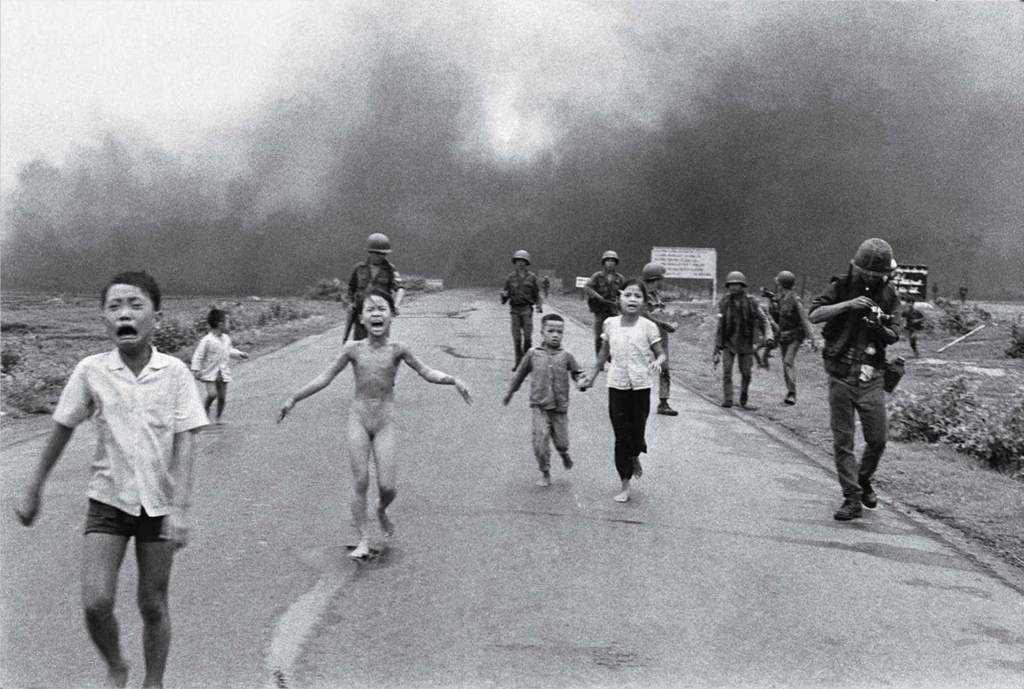
The searing image of Phan Thi Kim Phuc, a young Vietnamese girl fleeing napalm burns, became a harrowing symbol of the Vietnam War’s brutality. However, it also sparked criticism over the exploitation of suffering.
3. The Question of Race (Anthony Suau, 1992):
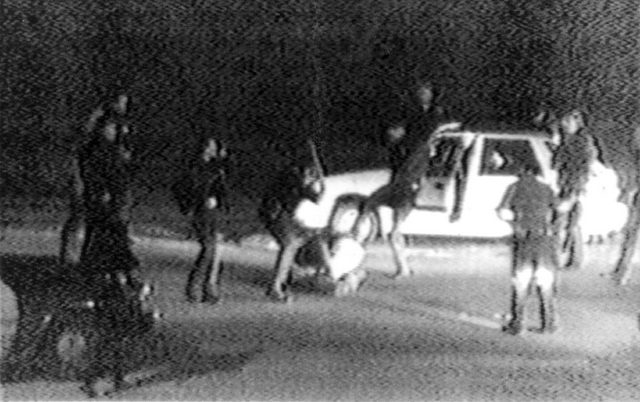
Rodney King’s beating by Los Angeles police officers, captured in this Pulitzer Prize-winning photograph, fueled outrage and ignited the 1992 riots, highlighting the deep-rooted issues of racial injustice.
4. Kent State Shootings (John Filo, 1970):
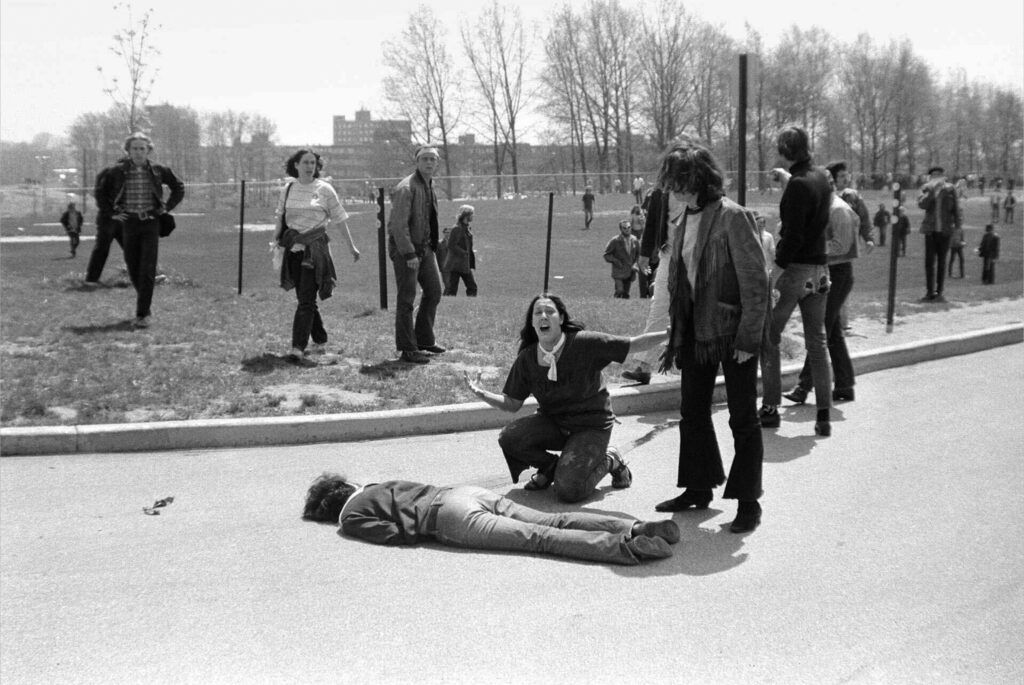
This image of National Guard soldiers opening fire on unarmed student protesters at Kent State University became a chilling symbol of anti-war sentiment and the clash between authority and dissent.
5. Dead in Iraq (Chris Hondros, 2003):
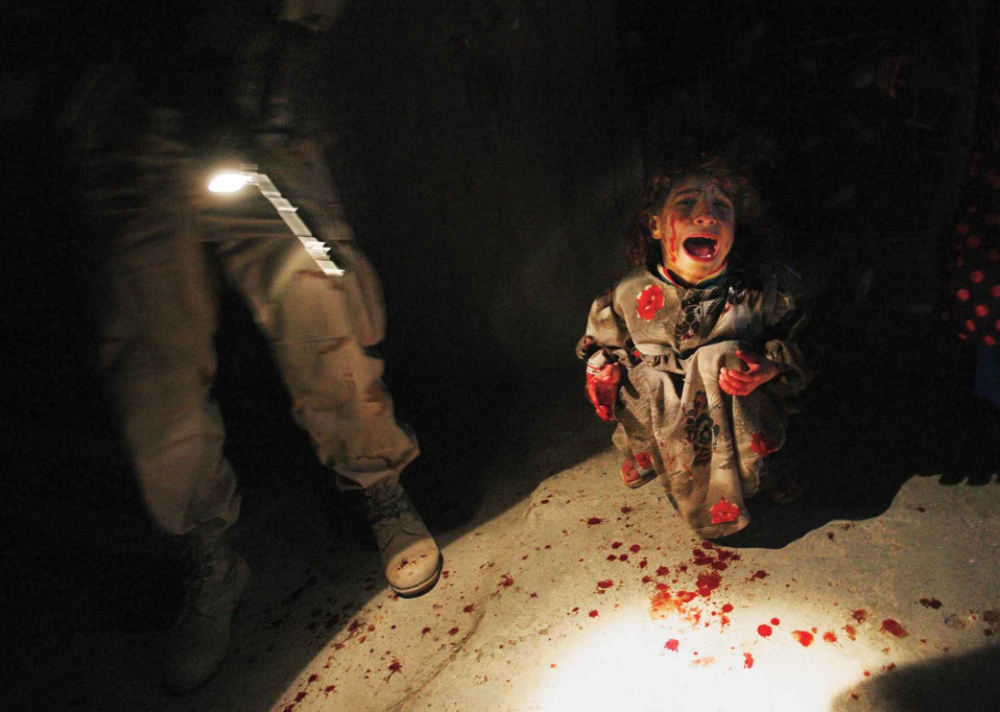
The graphic portrayal of a dead Iraqi civilian during the war sparked heated debates about the media’s portrayal of conflict and its impact on public opinion.
6. Fire in the Hole (Malcolm Browne, 1963):
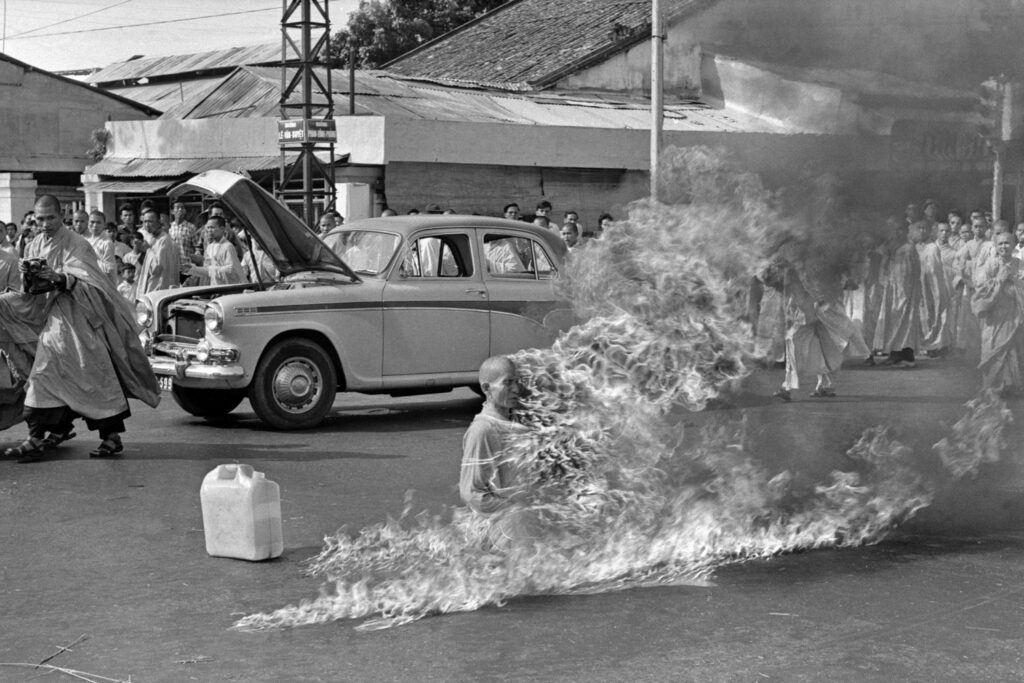
A Buddhist monk’s self-immolation protest against South Vietnam’s government, captured in this Pulitzer Prize-winning photograph, became a powerful anti-war image, raising questions about self-sacrifice and the ethics of representation.
7. Raising the Flag on Iwo Jima (Joe Rosenthal, 1945):
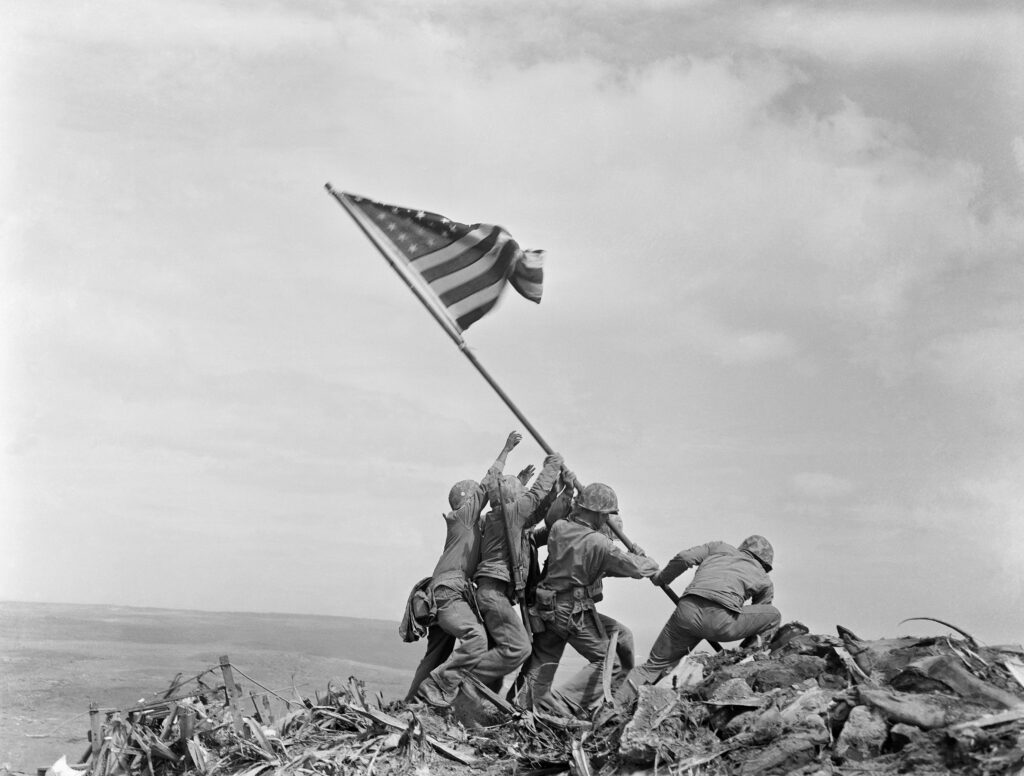
This iconic image of American soldiers raising the flag on Iwo Jima during World War II ignited questions about its authenticity, sparking ongoing debate about staged photography and its historical significance.
8. Tank Man (Jeff Widener, 1989):
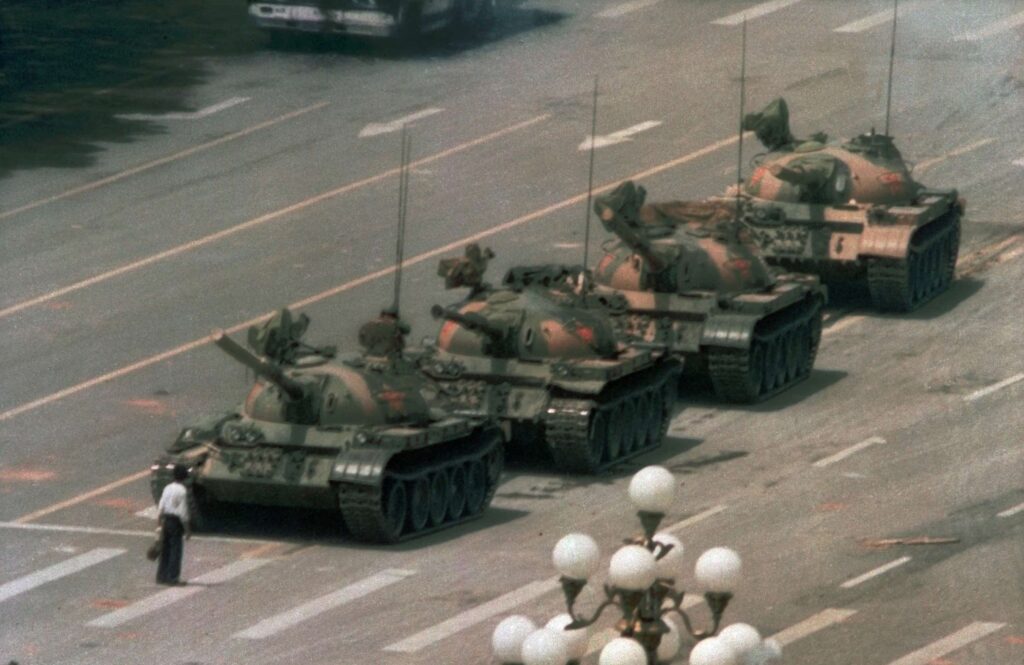
The lone figure defying a column of tanks during the Tiananmen Square protests became a potent symbol of resistance. However, the protester’s fate and the image’s authenticity remain in mystery, fueling ongoing discussion about power, courage, and the power of a single act.
9. Afghan Girl (Steve McCurry, 1984):
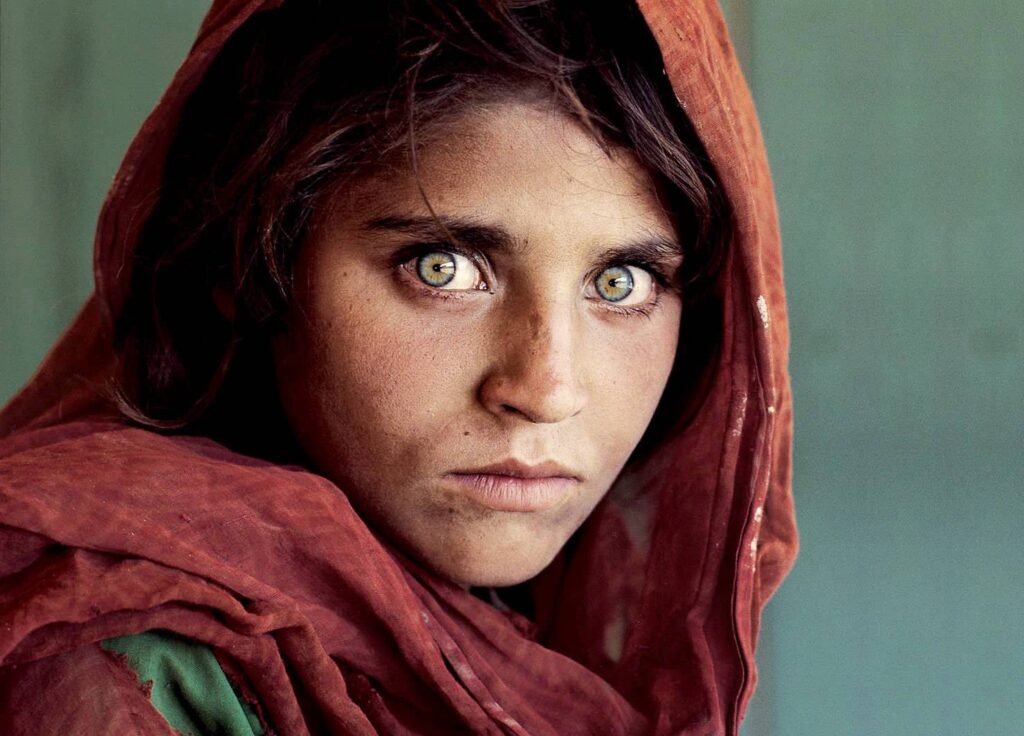
The haunting green eyes of a young Afghan refugee girl captivated the world, raising awareness about the human cost of conflict. However, questions about cultural appropriation and exploiting vulnerability sparked ethical debates.
10. The Picture of Dorian Gray (Yousef Karsh, 1941):

With its dramatic lighting, Winston Churchill’s defiant portrait during World War II ignited discussions about manipulating images and shaping public perception of leadership.
Conclusion
These 10 photographs are not merely images on a screen but fragments of our collective memory, etched with raw emotion and potent questions. Their controversies expose the fault lines of humanity, where ideologies clash, ethics are tested, and truths are unveiled, often brutally.
But within the storm of debate lies a deeper power. These photographs ignite empathy, challenging us to confront uncomfortable realities and fostering conversations that can lead to progress. They remind us that the camera lens does not just capture; it amplifies, urging us to see beyond the surface and recognize the shared humanity etched within every frame.
So, let these images linger, not as mere objects of curiosity, but as catalysts for reflection and action. Let them spark dialogues that bridge divides, inspire empathy where apathy reigned, and remind us of the transformative power of a single captured moment. In the end, these photographs are not just reflections of our past; they are potent whispers shaping our future.

